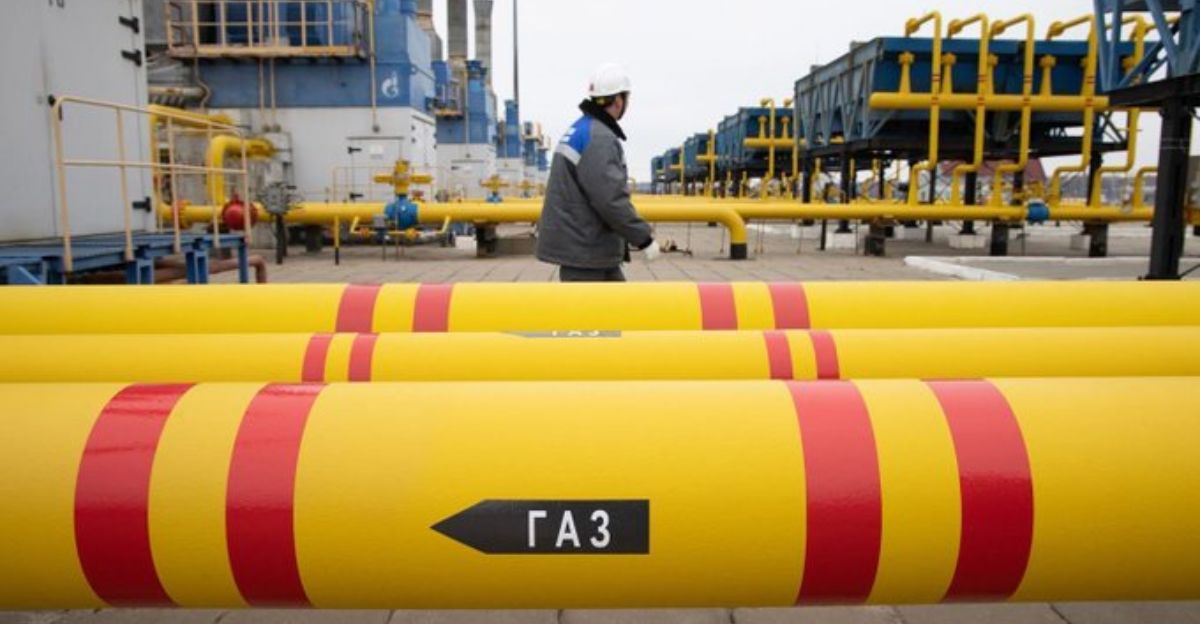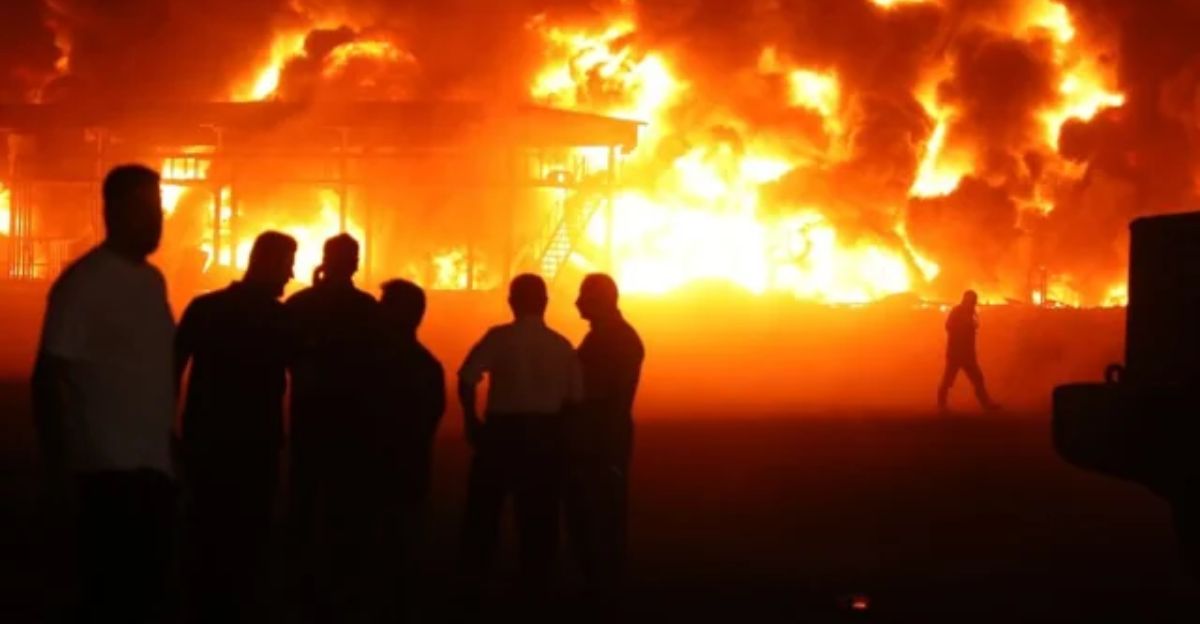
Flames consumed the Ryazan refinery on November 20, marking the second major fire at the complex in days. Thick smoke billowed across the industrial site as emergency crews battled blazes sparked by what Ukraine describes as a precision drone strike. The attack represents a critical escalation in Ukraine’s campaign to systematically dismantle Russia’s war-sustaining energy infrastructure, targeting the refineries that fuel Moscow’s military operations and domestic economy.
Ukraine’s Strategic Energy Campaign
Ukraine has deliberately focused on Russia’s refining capacity as a means to constrain aircraft fuel production, reduce battlefield mobility, and overwhelm Moscow’s repair capabilities. The Ryazan facility had already suffered severe damage on November 15, when its main crude distillation unit—responsible for nearly half the plant’s output—was disabled. By repeatedly striking high-value refining hubs, Ukraine aims to create cascading disruptions that Russia cannot quickly reverse.
Cascading Refinery Failures Across Russia

The cumulative toll of Ukrainian strikes has pushed Russia’s refining network into its most sustained disruption of the war. At least 58 attacks on energy facilities have been recorded since August, forcing crude rerouting and production cuts at multiple plants including Saratov, Samara, Volgograd, and Ryazan. These strikes have disabled approximately 10-20% of Russia’s total refining capacity, with losses expected to grow as winter approaches.
Rosneft, the operator of Ryazan, faces mounting pressure as engineers struggle to restore output before new waves of drones arrive. Russia’s repair capacity—already limited by Western sanctions on refinery equipment—cannot keep pace with the rate of Ukrainian strikes. The refinery is not expected to resume operations until at least December 1, with repair timelines continuing to slip.
Economic Shockwaves Ripple Through Russia

Russia’s weekly oil revenue has collapsed to approximately $1.2 billion, its lowest level since mid-2023, driven by refinery outages, lower exports, and shrinking product volumes. Crude shipments fell to 3.36 million barrels per day last week. Gasoline and diesel shortages are worsening across Russia, with regional fuel price increases exceeding 10% as motorists face long queues at filling stations and recurring local supply deficits.
Rising fuel costs have rippled through nearly all sectors of the Russian economy. Transportation companies report higher operating expenses, agricultural producers face increased delivery costs, and consumers are paying more for everyday goods. The combination of refinery outages, sliding export revenue, and costly repair cycles threatens to slow Russia’s economic growth further, deepening fiscal strain heading into winter.
Domestic Disruption and Global Implications

For refinery workers in Ryazan, the November 20 explosion created immediate uncertainty. Many had already navigated reduced shifts following the mid-November shutdown. Overnight blasts shook nearby communities, lighting up the sky and sending smoke across industrial districts. The halt in operations threatens the livelihoods of thousands who depend on the refinery’s employment footprint.
Global traders are bracing for further supply fluctuations as Ryazan remains offline. With 15% of Russia’s refining capacity disrupted and winter demand rising, energy markets have entered a volatile phase. Non-Russian exporters are filling supply gaps left by shrinking Russian shipments, while Ukrainian drone manufacturers—whose systems have repeatedly penetrated Russian air defenses—are gaining visibility and funding.
A Transformed Security Landscape

The Ryazan strike reinforced a growing global understanding: Ukrainian drones can reach deep into Russia with increasing precision, striking targets 180 kilometers from Moscow. The attacks have changed how governments worldwide evaluate energy security, with refineries, ports, and pipelines now being reassessed for vulnerability to low-cost, long-range drone swarms capable of bypassing traditional defenses.
Russian officials acknowledged the Ryazan fire but attributed it to “falling drone debris,” claiming air defenses intercepted 25 drones over Ryazan and 64 nationwide on November 15 alone. Yet multiple refineries continued to burn. Moscow responded by tightening export restrictions and signaling retaliation, while Ukraine prepared for renewed Russian strikes on its already battered power and gas infrastructure.
As winter approaches, Ukraine’s energy-strangulation strategy shows no signs of slowing. With no oil product loadings expected from Ryazan until December and repair timelines slipping further, Russia faces months of suppressed output. The campaign has already created the largest wartime disruption to Russian refining in modern history, and both sides now brace for deeper economic, humanitarian, and strategic consequences as the conflict intensifies.